There are numerous tips and tricks about porcelain tiles as these tiles can be used for exterior places such as the driveway. The cost of these tiles varies based on the specifications.
Tile is a great alternative to tiles used in bathrooms and kitchens in the past. Tiles are much better than ceramic tiles as they barely absorb water, as they are denser, fired at higher temperatures, and are more durable in all conditions.
Traditional tiles have been used indoors, but over the last 5 years, they have become more popular for outdoor use. It all started when architects and designers wanted to pursue the same interior design aesthetic.
Outdoor tiles have become extremely common in Europe these days, especially in places with climates similar to Canada’s, as they can easily withstand freeze-thaw cycles and are waterproof. The exterior porcelain is not slippery.
Similar to natural stone or concrete, tiles are available in many types of finishes, each with a different level of traction. All of our tiles are designed for exterior landscaping and specifically meet North American slip rating standards.
All of our exterior porcelain pavers are rated R11 or higher and are similar to flamed granite in texture and slip. We can also provide ASTM reports showing the Dynamic Slip Factor (DCOF) of our tiles.
In conclusion, outdoor porcelain gets a little slippery when wet or snowy, but no more slippery than what you find with flamed granite or traditional concrete pavers. Wet cutting with continuous diamond discs. Contractors and installers keep asking us this question.

All of the benefits of exterior ceramic paving, such as less than 0.1% water absorption, resistance to UV fading, and resistance to salt/moss/chemical stains, translate into a very dense and durable material. Therefore, porcelain is a difficult material to cut, and 20mm or 30mm outdoor porcelain pavers are even more difficult to cut.
With the right blade (ask our experts which one to use!), a continuous diamond blade, and the use of water, you can cut your ceramic pavers with precision.
As a leader in exterior porcelain, our commitment to you is to work with you on your projects and help you find practical and aesthetic solutions for your projects. In most cases, we recommend using natural stone or concrete steps, as exterior porcelain is still a very large-scale paving option.
That said, if you want a seamless look, porcelain exterior tops and steps can be custom-made for you. Exterior porcelain is an extremely versatile product when it comes to installation. Four common methods of installing exterior porcelain are grass, pedestal, sand/gravel, or concrete and mortar.
The biggest caveat with exterior porcelain is that the joints should be tight, but the pieces should not touch, as this will cause the pieces to move over time and appear chipped around the edges.
We generally recommend a 1/8-inch gap between exterior tiles. Simply put, uncorrected porcelain is lower-quality exterior porcelain. There are five steps to making high-quality outdoor porcelain:
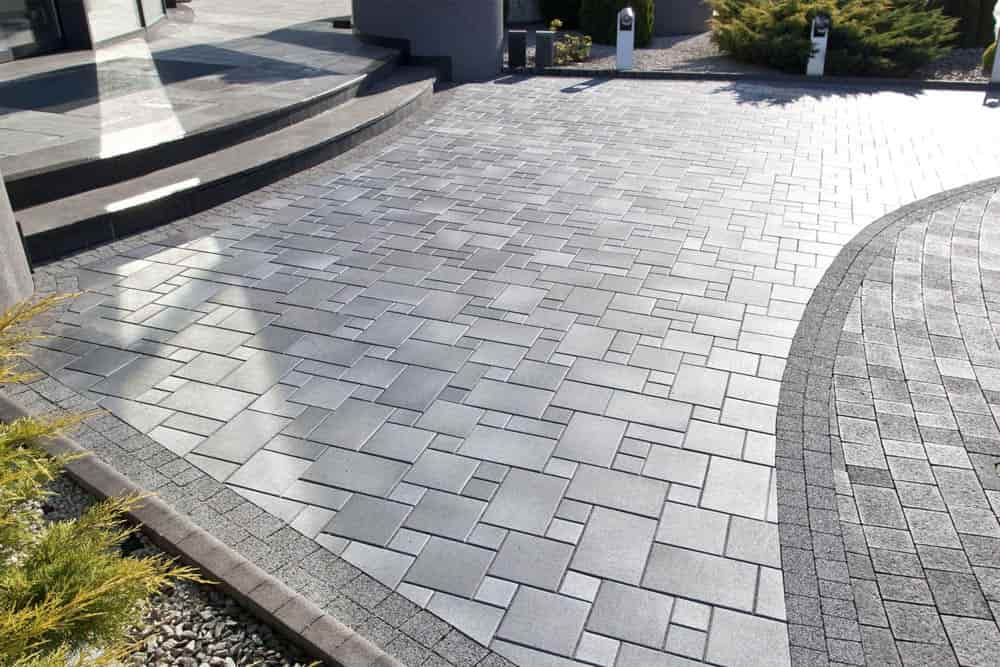
Press the raw material into the tile mold according to the required size
Tiles are fired in a kiln at over 1200 degrees Celsius for 60-90 minutes
Tiles cool on a dryer to harden
Reworked tiles including perfect machine cut on all sides
Tiles are under strict quality control and packaged for shipment
For uncorrected exterior tiles, step D is skipped as it is an expensive part of the production process. This means that the level of tolerance for each tile increases dramatically because the edges of the tiles are not perfectly cut at 90 degrees. we recommend using only fully-rectified outdoor tiles on any project, as unrectified materials require larger installation joints, which can cause pieces to shift over time.
Another common name for uncorrected tile is pressed outdoor tile. We’re a bit biased on this but list all the facts. Do you agree that it is unfair to compare Italian sports cars to American or Chinese sedans? The same logic applies to outdoor tiles. Here are the facts:
Maintenance – Natural stone and concrete pavers often require ongoing maintenance because they absorb more water than outdoor porcelain, which can cause de-icing salts and stain surrounding leaves or trees. Landscape architects often tell us that exterior porcelain saves their clients $0.50-1.00/SQF per year in ongoing maintenance costs compared to natural stone or concrete pavers.
Installation – Unlike concrete pavers, outdoor porcelain comes in larger sized panels/panels which means you are covering a much larger area each time you lay the tile.

Plus, porcelain pavers have been completely overhauled and consistent, meaning there’s no need to re-level the sub-base or spend more time cutting or sorting debris. This means that you or your contractor can save time installing exterior porcelain, reducing the cost of installing your project.
Aesthetics – Our exclusive outdoor tile collection is designed with beauty and practicality in mind. A wealth of options means you can create a unique look for your specific project – whether your goal is to find a stone look in exterior porcelain, a wood-look in exterior tile, or a concrete-look in exterior pavers.
Last but not least, whether you are comparing our products with exterior porcelain from China, India, or other European countries, our prices are competitive. We will work with you to ensure the right option is found for your specific budget and specific project.
You can install 30mm or 3cm exterior porcelain in your driveway the same way you install concrete pavers today. We recommend using a gravel foundation and laying the pavers in broken brick or herringbone.
You’ll also want to use spacers between the seams to make sure the tiles don’t move when the vehicle turns the wheels or there’s something heavy on the surface. They are fully calibrated to ensure all parts are perfectly cut and pass our test for 90-degree right angles.
Finally, all of our products are true 20mm and 30mm thick, unlike many other manufacturers who can cut corners and offer 18mm or 28mm thick porcelain, saving them money but ultimately affecting the quality of the products.
Poor quality exterior porcelain can lead to product breakage after installation, overheating of the glaze due to sunlight, stains from de-icing salts, high water absorption, and many other challenges that will reduce the lifetime of the whole project.
All these nuances are often difficult to assess for ordinary mortals. If you want to know if the outdoor porcelain paver you have chosen meets the highest standards, do not hesitate to contact our experts.

Driveway tiles tips and tricks
The driveway is the first place you face while coming inside your home. As the design of this place is important, here are some tips and tricks. Installing a driveway paver can be a daunting task if you don’t know what to do. Deciding which materials to use from the many options can be a bit overwhelming and confusing.
If you’re a do-it-yourselfer looking to renovate a worn and cracked driveway, or just want to know the situation, the place to start is always to know the basics. A driveway finisher essentially covers the surface of a dirt road.
The purpose of installing pavers is to improve the overall aesthetics of the road. Another is to ensure the path is stable and solid to effectively direct vehicle traffic to the appropriate parking areas.
Many factors must be considered when designing a driveway, including the slope of the driveway, the size of the driveway, and the surrounding environment Before installing a driveway paver, it is important to know the slope of the driveway. The main purpose of grading or grading is to direct rainwater to lawns and then to drainage pits along the street.
You don’t want puddles forming along the way, as this can make the road slippery and accident-prone. Pools can also be troublesome when formed over well-designed landscaping.
Look around to see if the area is calm. Once confirmed, you must note the path. This will guarantee the usefulness and security of your driveway.

Walkways are a major component of building facades, especially in residential buildings.
To make a good impression, it starts with a well-designed path that complements the overall theme of the hotel. To gather some ideas, remember your favorite vacation spots or explore nearby alleys for inspiration.
Conceptualizing your driveway design can be your chance to recreate your favorite spot. Next, consider the pattern or structure of driveways, patios, and porches before installing your driveway paver.
This simple activity can give you an idea of the materials that create harmony in certain environments and set the overall mood of the concept. Once the design concept and aisle dimensions were finalized, the next step was to determine the appropriate materials. Driveway pavers are generally divided into stone pavers, concrete pavers, and brick pavers.
These pavers are available in a variety of colors and shapes to suit different tastes. Installing driveway pavers can go from a daunting task to an exciting activity. As the cobblestones are laid one by one, the anticipation gradually builds and the design slowly forms.
Knowing the basic steps to install a driveway paver is the foundation for building a functional and aesthetically pleasing driveway.
The primary purpose of grading or sloping a driveway is to direct rainwater from the home or building structure to a yard or into a drain pit.
Look at the site of the driveway to see if it’s too flat. If so, the driveway must be leveled to prevent rainwater from pooling or stagnating on the landscaped lawn.
Dig up some dirt and move it to another area of the yard or garden; place a simple sump and drain it at the lowest point of the driveway. This drain is connected to an underground pipe that will flow into the street when it rains.
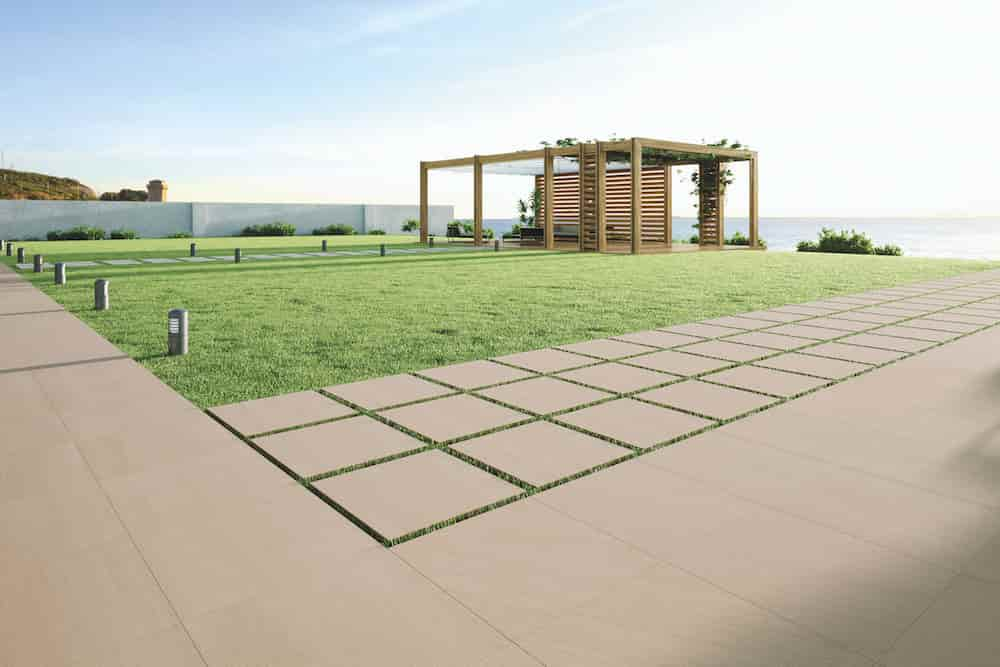
Since the driveway area takes up a lot of space in the yard, it was important to install not only a functional driveway but also a driveway with carefully designed decorative elements to match the aesthetic theme of the property.
So when planning a new or improved driveway, also consider how walkways, porches, and patios in these materials can unify the property and give your home more curb appeal.
It’s also an opportunity to create an outdoor space that can help you and your guests enjoy the yard and garden.
When it comes to your driveway, the design possibilities are endless. You can choose from many different materials such as natural stone pavers, rubber pavers, brick pavers, cast, precast concrete pavers, and many more.
There are numerous assortments of natural stone pavers such as limestone, bluestone, sandstone, granite, slate, and flagstone. When considering a concrete driveway, you can choose between form concrete, stamped concrete, and stained concrete. The days of the plain gray concrete driveway are over.
Once you’ve chosen your materials, you can start deciding on colors, shapes, designs, patterns, and sizes.
Again, the possibilities are endless; you can choose any color you can dream up to match the rest of your property. Whether you use stone pavers or concrete, you can achieve a variety of patterns such as herringbone patterns, running links, basket weaves, and cobblestone patterns.
There are many decisions to make, but what’s even easier is the multitude of options available when installing a driveway paver to help you create an attractive driveway.
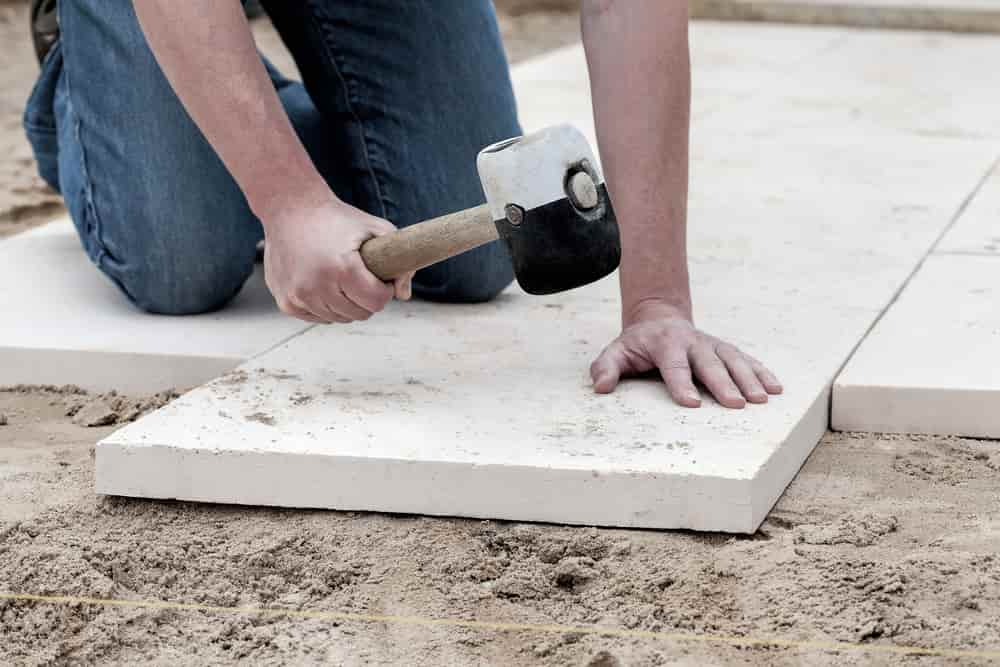
When deciding on the width of your driveway, be sure to leave at least 12 feet of space in the vehicle parking area to allow enough room to move around outside the vehicle and avoid stepping on nearby lawns. As for the length of the aisle, each vehicle must be at least 18 feet long.
If you are not sure about the selection of the proper tile for your house, our experts can help you with ease. By filling out a form on our website, they will contact you within 24 hours to guide you about tile selection. Also, there are numerous catalogs with different designs and patterns.
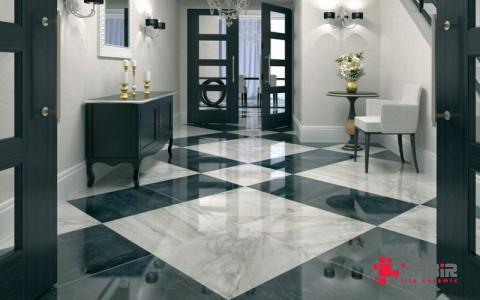
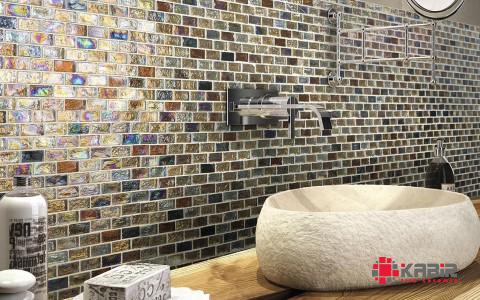

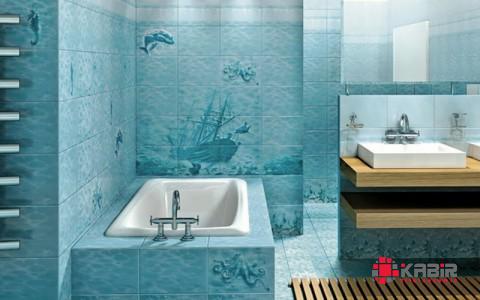
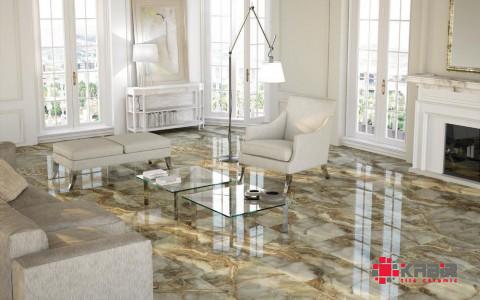
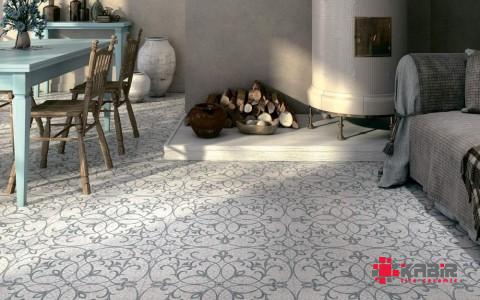
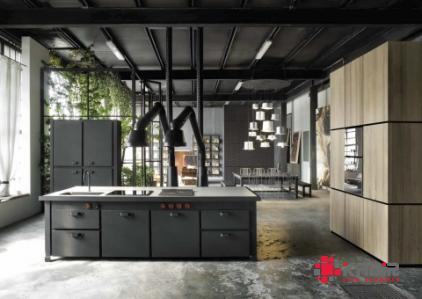
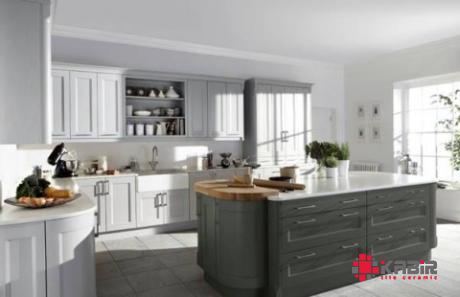
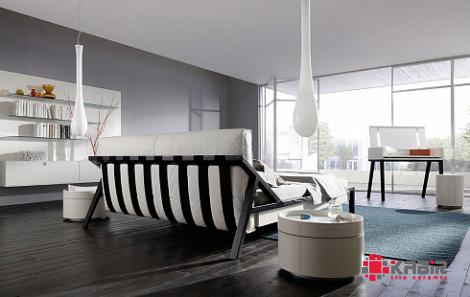
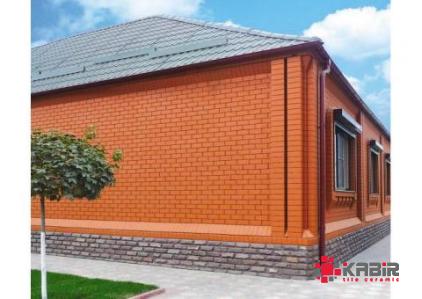
Your comment submitted.